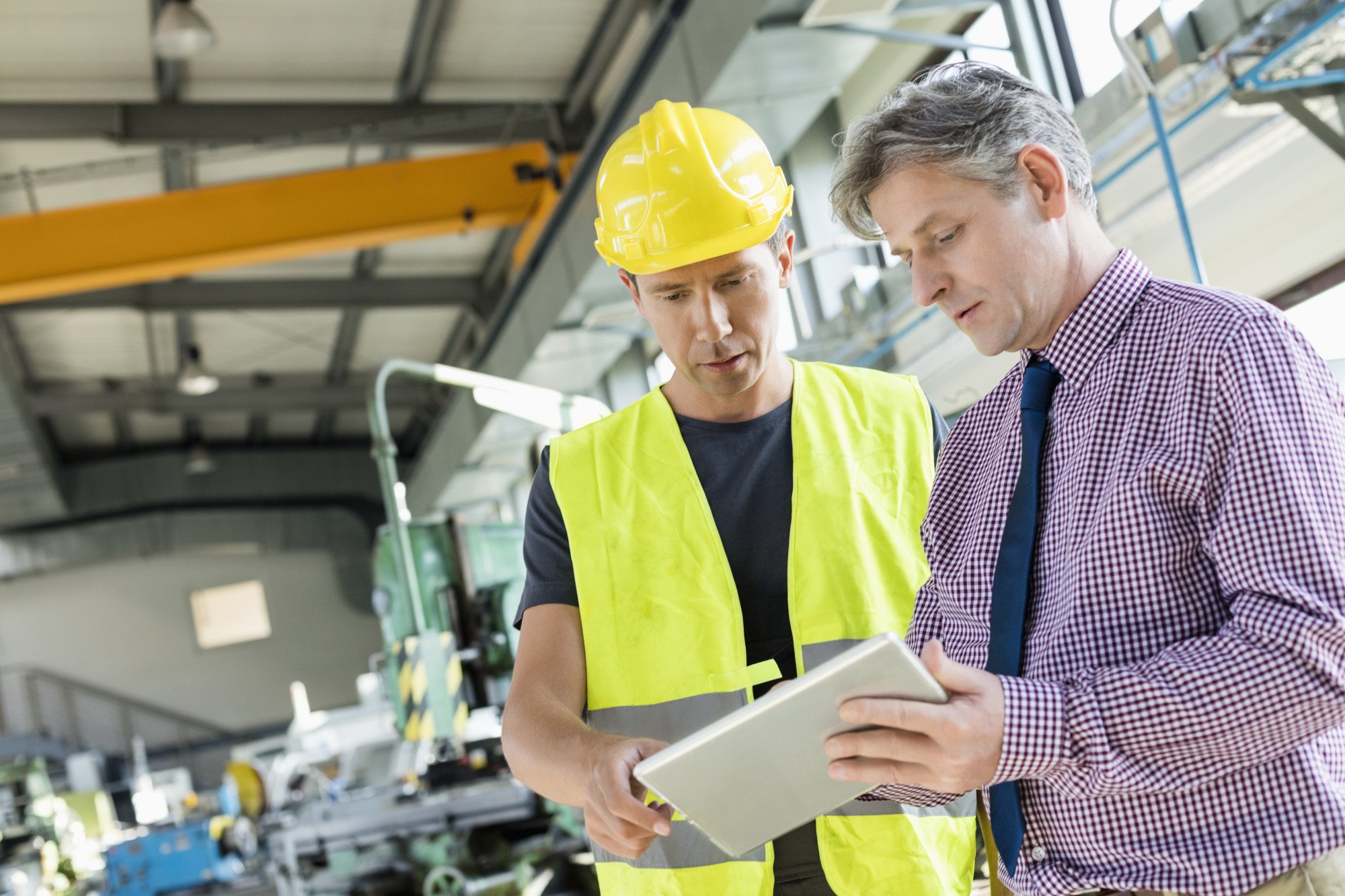Seeking the best way to grow your own hemp strain? There’s more to growing a hemp strain than just planting seeds and hope for the best. We’ll talk about everything you need to know to make the best hemp strain, from choosing the right crop type to using cross-pollination and self-compatibility testing as standard ways to breed.
We’ll also talk about the things in the environment that affect growth, like the type of soil and the right amount of warmth for harvesting. There are many ways to make money by growing a unique, healthy crop of CBD flower that people want. You should definitely put in the work.
Learn the Basics of Growing Hemp and Different Strains.
Those who learn how to grow hemp will find it worthwhile. Its uses in textiles, building, and medicine have earned this amazing crop accolades. Hemp strains and how they effect yield and quality are unknown to many.
Marijuana plants and hemp plants are the same species. That’s why a hemp cultivation guide should cover everything from soil selection to harvesting. Grow your own hemp and enjoy its many advantages with the correct knowledge and abilities.
Research the Right Hemp Variety for Your Needs
Cultivating hemp strains might seem like a daunting task, but it’s essential to research the right variety for your needs. You should think about the general yield potential, the needs of the land and climate, and the profiles of cannabinoids and terpenes.
If you want to make more fiber and seeds or increase the amount of CBD in your crop, there is a type of hemp that can help. Read a lot and try out a lot of different types of hemp to find the best one for your growth goals and a good harvest.
Pick a Location with the Right Climate for Growing Hemp
When it comes to sustainable hemp farming, choosing the right location is crucial for success. What kind of weather a hemp plant grows in and how much it produces are both affected by it, so picking the right surroundings is very important. Weather conditions like temperature, rainfall, and humidity must all be taken into account when choosing where to farm.
For example, the Mediterranean and some parts of Asia are known for having the perfect weather for growing hemp. Others, though, like the quality of the soil, the amount of water that is available, and the cost of work, must also be thought about.
Acquire Quality Hemp Seeds or Clones
If you’re searching for high-quality hemp seeds or clones, look no further than the world of CBD hemp seeds for sale. Whether you’re an experienced farmer or just starting out, selecting the perfect seeds is essential for a successful crop.
With the rise in demand for CBD products, it’s important to choose seeds that will produce plants with the best CBD levels and the most desirable traits. Whether you opt for buying seeds or clones, it’s vital to do your research and find a reputable supplier with a track record of producing healthy, vigorous plants.
Prepare the Soil for Planting
If you’re planning on growing homegrown hemp, preparing the soil is one of the most important steps in the planting process. Properly preparing the dirt can help your plants grow well and give you a lot of food. Soil testing to find out its pH level and nutrient makeup is an important step.
After getting this information, you can make changes to your dirt to make sure it meets the needs of your hemp plants. Putting organic matter into your soil, like compost, can also help make it better generally. Spending time to prepare the dirt will help your homegrown hemp plants do well.
Plant the Female Hemp Seeds/Clones in Rows
Hemp plants are known for their paper, textile, and medicinal uses. If you want to grow hemp, you must know how to plant female hemp seeds or clones. Plant them in rows to give them space and sunlight.
The desired buds are produced by female hemp plants, making them essential. Planting them properly can boost hemp productivity and quality. Put those female hemp seeds or clones in the ground and watch them grow!
Monitor Plant Growth and Maintain Healthy Nutrient Levels
Watching your plants grow is magical, as any plant lover will tell you. Unfortunately, amateur gardeners generally struggle to maintain optimum nutritional levels for maximum growth.
Monitoring tools give you real-time plant health updates. By monitoring growth patterns and soil composition, you can help your plants thrive in any setting, from arid deserts to lush rainforests. Your garden may become a lush haven in your backyard with the correct tools and knowledge.
Cure and Store your Harvested Hemp Flowers Properly
After harvesting your hemp flowers, the next step is to ensure they are cured and stored properly. This process can determine the quality of your end product, so it’s crucial to get it right. The curing process involves hanging the flowers in a dry room with controlled humidity and temperature.
This will allow excess moisture to evaporate slowly and evenly, resulting in a smoother and flavorful smoke. Once cured, you should store your flowers in airtight containers, preferably glass jars with a tight-fitting lid.
This will keep them fresh and prevent exposure to air and moisture, which can degrade the potency and flavor of the buds. Proper curing and storage may take some effort, but it’s definitely worth it for the high-quality final product.
Learn more about hemp strains today
All in all, growing hemp strain can be a rewarding experience when approached the right way. With some good research and cultivation knowhow, you’ll be able to grow high-quality hemp flower buds for consumption in no time. To get started with your own hemp cultivation venture, double check that it is legal where you live and that you have acquired the necessary licensing if applicable.
Once ready, review the list of steps above one last time for an easy-to-follow guide to getting your hemp crop off the ground. Good luck and happy planting!
Want to learn more about growing hemp? Check out our blog and learn all you can!










